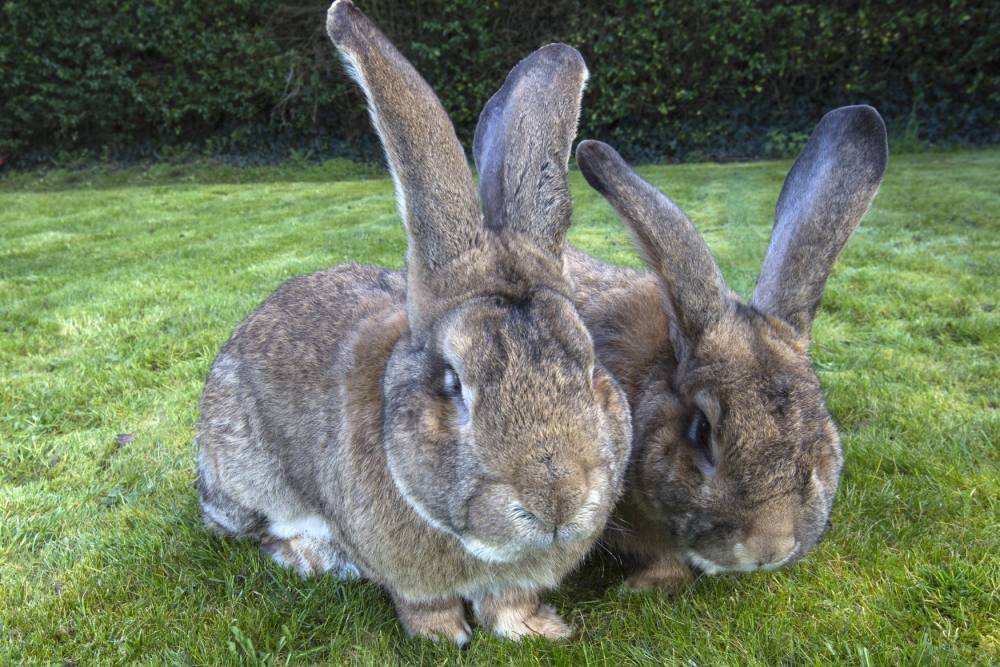
All About Coffee Tree and Beans
 15 by Admin / March. 01, 2015
15 by Admin / March. 01, 2015
Everyone recognizes a roasted coffee bean but unless you have lived or traveled in a coffee growing country, you might not recognize an actual coffee tree. Pruned short in cultivation, but capable of growing more than 30 feet high, a coffee tree is covered with dark-green, waxy leaves growing opposite each other in pairs. Coffee cherries grow along the tree's branches. It takes nearly a year for a cherry to mature after the flowering of the fragrant, white blossoms. Because it grows in a continuous cycle, it is not unusual to see flowers, green fruit and ripe fruit simultaneously on a single tree.
The trees can live as long as 20 - 30 years and are capable of growing in a wide range of climates, as long as there is no harsh fluctuation in temperature. Optimally, they prefer a rich soil and mild temperatures, with frequent rain and shaded sun.
---
The Tree to the Cup
• Coffee travels a long way before reaching your coffee mug.
• Here are some interesting coffee facts:
• It takes three-to-four years for a coffee seed to grow into a tree that produces coffee beans.
• Seeds are first planted in nurseries. Six months to one-year later, seedlings are transplanted to open fields. Workers must prepare the planting ground for the small seedlings by loosening and grading the soil.
• Approximately two-and-a-half years after transplantation, the trees begin to flower and the flowers produce a small fruit known as a coffee cherry. In the center of each cherry are two green coffee beans.
• Coffee plants grow best where there is plenty of rainfall at certain times of the year and thrive in a well-drained, rich, volcanic soil. The plant does not like sudden changes in temperature, and frost can severely damage or kill it.
• During harvest, coffee cherries are hand picked. It takes approximately 2,000 cherries—4,000 beans—to produce one pound of roasted coffee.
• After being husked, sorted and bagged, the green coffee beans are shipped from the countries where they were grown to the countries where they will be manufactured and consumed.
• Manufacturing involves the roasting and grinding of the coffee beans, or the production of instant coffee. Once manufacturing and packaging are completed, the coffee is ready for the consumer.
• The leading coffee producing countries of the world are Brazil and Colombia. The United States imports and consumes more coffee than any other country.



 UC Browser
UC Browser  You Must Watch This My Choice Video OF Transgender Version
You Must Watch This My Choice Video OF Transgender Version  Record Holder Rabbit
Record Holder Rabbit Women's Face On 20 Dollar Bill
Women's Face On 20 Dollar Bill DuckDuckGo Search
DuckDuckGo Search
